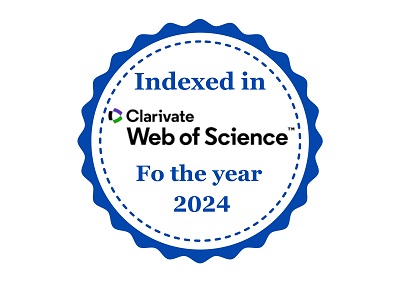Deep Learning-Based Segmentation Of Brain Tumor
DOI:
https://doi.org/10.5281/zenodo.8272160Keywords:
Deep Learning, Brain Tumor, classification and segmentationAbstract
The classification and segmentation of images have received a lot of attention. For this, a variety of techniques have been used. Image segmentation is extremely useful, particularly in the biomedical industry for disease diagnosis. The study of brain pictures using magnetic resonance imaging (MRI) is crucial to the field of neuroscience. This research on brain MR images aids in the process of diagnosing brain tumours. From the segmented images, features will be retrieved (based on the tumour region, texture, colour, location, and edge) and selected. Then, using classification techniques, the features will be classified to determine if the patient is normal (having no tumour) or abnormal (having tumour). The first step is to gather and prepare data for analysis. Since current technology has advanced, it is extremely beneficial to research brain tumour segmentation using deep learning (DL) and multimodal MRI images. This work suggests deep learning to conduct research on multimodal MRI image segmentation, aiming to produce accurate diagnoses and treatments for doctors, in order to address the issues of poor efficiency and low accuracy of brain tumour segmentation. In this study, we pre-processed MR images using the bilateral filter (BF) to remove any noise that was present. Binary thresholding, Convolution Neural Network (CNN), ResNet 50 (residual network), VGG 16 (visual geometry group) transfer learning for detecting the brain cancer, and U-Net for image segmentation came after this. Datasets for training, testing, and validation are used. The BRATS 2021 dataset is used for extensive tests, which demonstrate that the suggested model produces results that are competitive. The obtained data demonstrate how well the suggested approach performs in terms of recall, accuracy, precision, and Dice similarity coefficient. Our model demonstrated a Dice similarity coefficient of 82.35% for tumour segmentation and an accuracy of 91% for tumour classification. In order to increase the precision of the diagnosis process, this thesis will make an effort to list and discuss the earlier work of other researchers.











